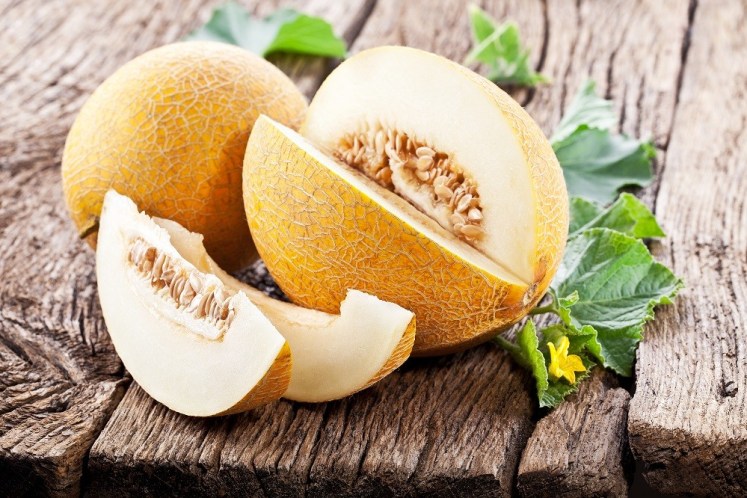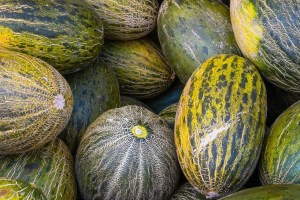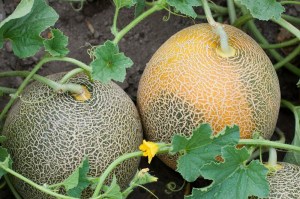瓜类作物

Table of contents
甜瓜是一年生草本植物,它有一个直立的根系,枢轴根可以达到1米深,不过大部分根系位于土壤的顶部30-40厘米。
植物的气生部分是多态的。 茎是草质的,由于卷须的存在,可以有匍匐或攀援生长。 甜瓜的卷须直接插入茎的节上,不分枝。 在甜瓜中,茎的横截面几乎是圆形的,与黄瓜和西瓜的茎相反,后者是有棱角的。 它们的叶子是全缘的,下切、有3至7个裂片,短柔毛。
属 黄瓜 芸芸众生中最大的一个家族,包括34个物种,其中包括黄瓜 (C. Sativus) ).
文化的起源和历史
甜瓜起源于非洲中部,在其他地区有次要的多样性中心。 土耳其、沙特阿拉伯、伊朗、阿富汗、俄罗斯南部、印度、中国甚至伊比利亚半岛都是该物种的重要多样性中心。
See_also: 菊花:护理指南甜瓜从它的起源中心传播到整个中东和中亚地区。 最早的甜瓜驯化记录来自埃及,可以追溯到公元前2000年至2700年。 公元前2000年,美索不达米亚开始种植甜瓜,公元前1000年,伊朗和印度开始种植甜瓜。 第一批被驯化和种植的甜瓜是酸性的、非芳香的水果类型,类似于如 コンモンクレール .


甜瓜是由罗马人引入欧洲的,但罗马人并不特别欣赏这种水果。 整个欧洲的中世纪饮食中应该没有这种水果,但伊比利亚半岛除外,那里是由阿拉伯人引入并保持的。 15世纪,一种从亚美尼亚带到罗马附近的教皇国坎塔卢佩的甜瓜传遍了整个欧洲。 这种作物是由由哥伦布首次来到美洲(15世纪),并且早在17世纪末就被西班牙人引入加利福尼亚。
在20世纪50年代,甜瓜在欧洲被认为是一种奢侈品,自20世纪60年代以来,由于栽培技术的改进和新品种的出现,甜瓜的生产和消费有了很大的发展。
用途和属性
在西方国家,甜瓜因其甜度和香味而受到重视,主要是新鲜食用。 果实的成分在很大程度上取决于有关的栽培品种。 它富含糖类、维生素、水和矿物盐,脂肪和蛋白质含量低。
See_also: 如何拥有一个健康和美丽的丝瓜络在其他地区,选择未成熟的果实在沙拉中生吃(马格里布、土耳其、印度)或在盐水或酸性腌制中保存(东方)的栽培品种。


关于生产的统计数据
世界甜瓜产量位于北纬50度和南纬30度之间。 亚洲国家约占总产量的70%。 欧洲的产量占世界总量的12%,西班牙、意大利、罗马尼亚、法国和希腊是主要生产国。 在欧盟,产量几乎全部位于地中海国家,北方国家进口的是马格里布国家--摩洛哥、突尼斯和阿尔及利亚--是重要的生产国。
在葡萄牙,这种作物的种植面积超过3700公顷。 露天种植主要在里贝特霍和阿连特霍,而温室种植则集中在阿尔加维和西部。 葡萄牙在这种产品方面存在重大缺陷,主要从西班牙进口大量的产品。

